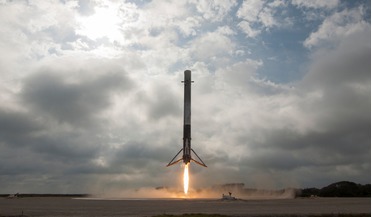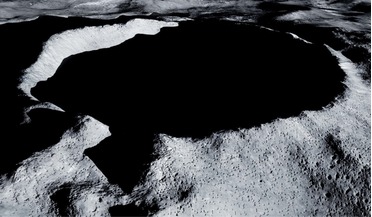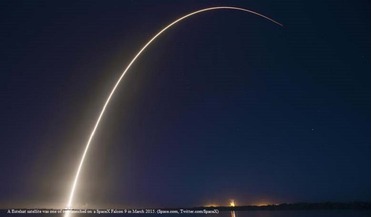 29 March 2017
SpaceX set to reuse rocket for the first time on Friday
29 March 2017
SpaceX set to reuse rocket for the first time on Friday
..., which was initially planned for tomorrow (Thursday 30th March), is set to deliver a SES 10 satellite into a geostationary orbit to provide satellite coverage to areas of Latin America. Scheduled to depart from pad 39A at NASA’s Kennedy Space Center...
 14 November 2019
Met services prepare for next-generation satellite systems
14 November 2019
Met services prepare for next-generation satellite systems
... fully deployed, the MTG spacecraft constellation will consist of three satellites - two imagers and one sounder - in a geostationary orbit 36,000km above Earth.
 April 2019
Protecting our lunar legacy
April 2019
Protecting our lunar legacy
... and regulatory aspects of the private spaceflight business. He is currently proposing a space tourism hotel in geostationary orbit, known as Gateway Earth, designed to furnish revenues to support a new interplanetary exploration initiative. He was...
 May 2020
Protecting areas of scientific importance on the Moon
May 2020
Protecting areas of scientific importance on the Moon
... commercial payloads were launched into low Earth and geostationary orbit (LEO and GEO). Many of these were ...devices. The far side could be monitored either from lunar orbit or from Lagrange point 2. However, unlike their terrestrial counterparts...
 06 October 2015
Facebook, Eutelsat to beam Internet from space to Africa
06 October 2015
Facebook, Eutelsat to beam Internet from space to Africa
... and inefficient, so we need to invent new technologies,” he said. The Israeli company Spacecom’s Amos-6 satellite will fly in geostationary orbit, Eutelsat said in a press release. Facebook and Eutelsat have agreed to pay $95 million for a five-year...
 27 November 2015
Space Elevator Could be Made out of Diamonds
27 November 2015
Space Elevator Could be Made out of Diamonds
...a cable anchored on Earth and reach out beyond geostationary orbit. Gravitational and centrifugal forces would then ensure that ... elevator could then be used to deliver cargo into orbit without the need for rockets. Nanothreads specifically could be ...